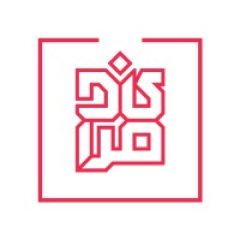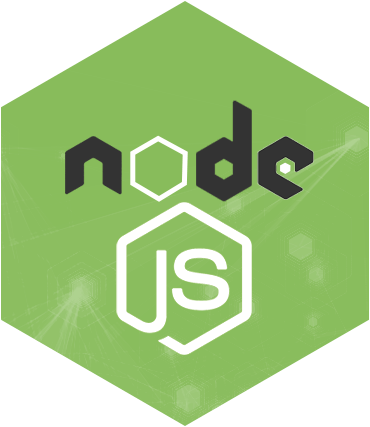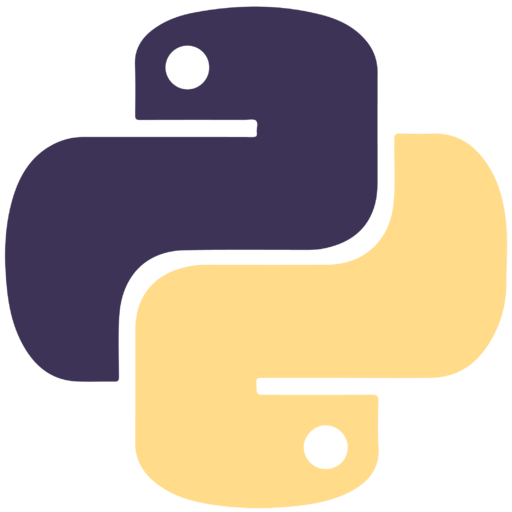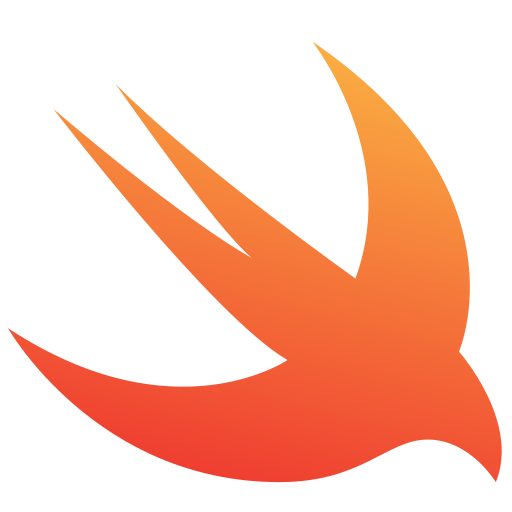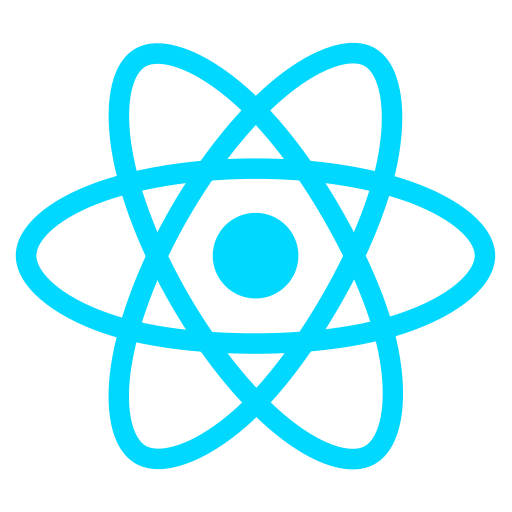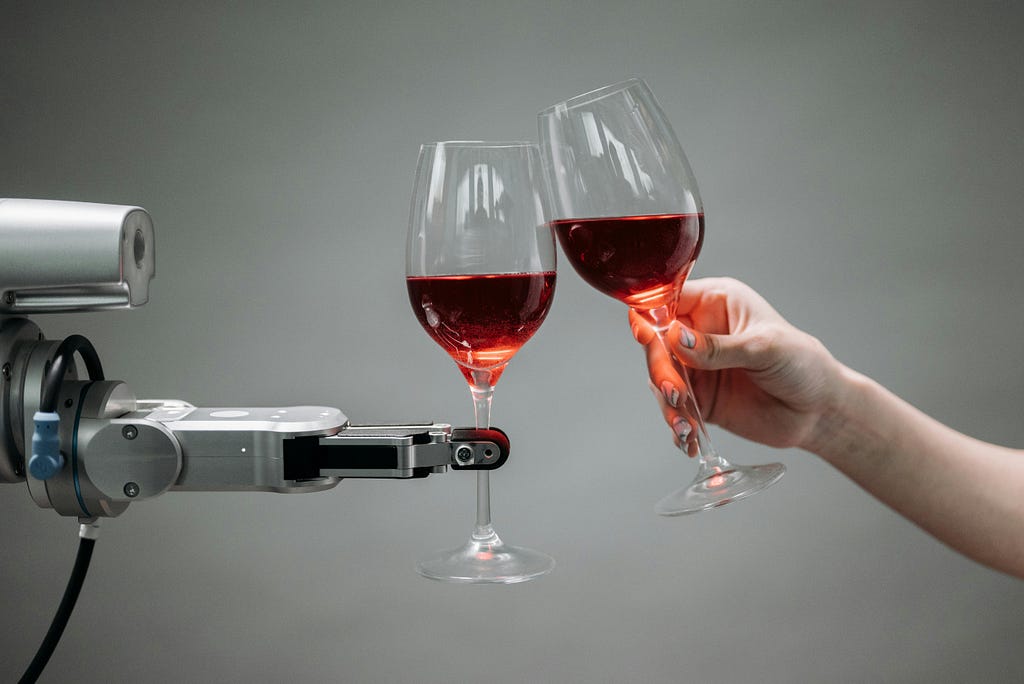Cross-Functional Collaboration: Bridging the Gap Between Product, Design, and Engineering
In the fast-paced world of building products, cross-functional collaboration is more than a buzzword — it’s a necessity. When product managers, designers, and engineers work together effectively, they create products that not only meet business goals but also delight users. However, achieving seamless collaboration between these teams can be tricky. Miscommunication, siloed workflows, and competing priorities often get in the way.So, how can teams bridge the gap between product, design, and engineering? Here are practical tips to build better communication and processes for smoother teamwork.1. Start With a Shared VisionEvery successful collaboration begins with a clear and shared understanding of the product’s goals. Product, design, and engineering teams should align on what they’re building, why it matters, and who they’re building it for.How to create a shared vision:Host kickoff meetings for new projects where all teams discuss the product vision, goals, and user needs.Use a simple one-pager to document the project’s purpose, target audience, and key success metrics.Encourage open discussions to ensure every team understands their role in achieving the vision.When everyone is working toward the same end goal, collaboration feels more meaningful.2. Communicate Early and OftenMiscommunication is one of the biggest barriers to effective cross-functional collaboration. Waiting until the last minute to share updates or make decisions can lead to frustration and rework.Tips for better communication:Schedule regular check-ins: Weekly syncs or biweekly meetings keep everyone on the same page.Share progress updates: Use tools like Slack or Notion to provide quick updates or flag potential blockers.Break down silos: Foster a culture where engineers can give input on design, and designers can share thoughts on technical constraints.Open communication ensures that everyone’s voice is heard and reduces the risk of surprises.3. Define Clear Roles and ResponsibilitiesAmbiguity can cause friction between teams. When roles and responsibilities are not clearly defined, tasks can fall through the cracks or result in duplication of effort.How to clarify roles:Use the RACI framework: Identify who is Responsible, Accountable, Consulted, and Informed for each task or decision.Document team workflows: Outline who handles what at each stage of the process, from ideation to launch.Set boundaries: Ensure each team understands where their expertise begins and ends, while encouraging collaboration in the overlap areas.Clear roles minimize confusion and build mutual respect for each team’s expertise.4. Involve Teams Early in the ProcessOne common mistake is involving certain teams too late in the project. For example, if engineers see designs only after they’re finalized, they may find technical challenges that force costly changes. Similarly, if designers aren’t part of early product discussions, user experience can suffer.How to involve teams early:Include designers and engineers in product discovery: Their input can shape ideas and identify potential challenges upfront.Share wireframes and prototypes with engineers: This allows for early feedback on feasibility.Loop in product managers during design reviews: They can ensure the designs align with business objectives.Early involvement builds a sense of ownership and reduces last-minute stress.5. Embrace Empathy and Build RelationshipsCollaboration improves when teams understand each other’s challenges and priorities. Product managers may be focused on timelines, designers on user experience, and engineers on technical feasibility. Recognizing these differences can help teams work better together.How to build empathy:Shadow other teams: Spend a day learning about the challenges each team faces.Host cross-functional workshops: Encourage teams to brainstorm solutions together.Celebrate wins together: Acknowledge contributions from all teams during project milestones.When teams see each other as partners rather than obstacles, collaboration becomes more natural.6. Use the Right Collaboration ToolsThe right tools can make or break cross-functional processes. Tools help teams track progress, share updates, and manage tasks without endless meetings.Popular tools for collaboration:Figma: For sharing and reviewing design prototypes in real time.Jira: For managing tasks and tracking progress on engineering projects.Notion or Confluence: For centralizing project documentation and updates.Slack: For quick, informal communication across teams.The goal is to create a system where information is easily accessible to everyone, reducing back-and-forth.7. Iterate and Improve Collaboration ProcessesCross-functional collaboration isn’t a one-and-done effort. Teams should regularly reflect on what’s working and what’s not, then adjust their processes accordingly.How to iterate on collaboration:Conduct retrospectives: After each project, gather feedback on the collaboration process.Experiment with new approaches: Try different meeting cadences or tools to see what improves workflow.Keep learning: Stay open to feedback and continue building trust between teams.Over time, these small adjustments can lead to significant improvements in teamwork.Final ThoughtsBridging the gap between product, design, and engineering isn’t about eliminating differences — it’s about leveraging them. Each team brings unique perspectives and strengths that, when combined, result in better products.By focusing on shared goals, clear communication, and mutual respect, teams can create a culture where collaboration thrives. With the right processes and mindset, the gap between product, design, and engineering becomes a bridge to success.What’s your experience with cross-functional collaboration?Share your thoughts in the comments.Cross-Functional Collaboration: Bridging the Gap Between Product, Design, and Engineering was originally published in Bootcamp on Medium, where people are continuing the conversation by highlighting and responding to this story.






